Cómo tejer un punto revés - método americano/ inglés
Patrones que utilizan esta técnica
Video #6, listado en: Aprende a hacer punto, Estilo Inglés/Americano
Nuestros videos no tienen sonido. Somos una empresa internacional y nuestros videos son vistos por personas que hablan diferentes idiomas y muchas de ellas no comprenden el español. Consecuentemente, como no hay un idioma determinado a usar por nosotros, hemos escrito las instrucciones que acompañan el video, y no hay ningún sonido que interfiera mientras se ve el video.
Puedes ajustar la velocidad de este video haciendo clic en el ícono en la barra de reproducción.
![]() Hanna Mourino respondió:
Hanna Mourino respondió:
Detta klippet verkar vara en dublett utav 'Aviga maskor ( am ).
11.03.2021 - 03:02
![]() Hanna Mourino respondió:
Hanna Mourino respondió:
Hej! Var är denna så kallade engelska metoden? Kvinnan håller inte garnet i högra handen.. detta måste vara fel video. Detta ser ut som vanlig kontinental stickning.
11.03.2021 - 02:56
![]() Ans respondió:
Ans respondió:
Volgens mij zie je in de video de continentale methode, maar staat in de beschrijving de Engelse methode. Zoals het in de beschrijving staat heb ik het ook geleerd
05.02.2021 - 20:37
![]() Lii Klimov respondió:
Lii Klimov respondió:
Inglise pahempidine silmus oli ju lõng parema käega hoida ja ümber varda ka parema käega. Video näitab lõnga vasaku käega hoidmist. Jutt ja video ei lähe kokku.
25.09.2020 - 16:45Alondra respondió:
Hermoso
11.05.2019 - 11:51Joan McHardy respondió:
From watching lots of knitting videos on how to tension yarn I've come to realise there is no right or wrong way to knit. What matters is what is most comfortable for you. This, throwing method, is how I have always knitted but I'm trying to learn to lever and flick now as most speed knitters use that method and its much more efficient.
02.09.2014 - 08:41Jacquie Tinch respondió:
This is how children or beginners knit, it is not how English/USA knitters work. The right hand should be under the needle, like holding a pencil, and the first finger is all that moves to 'throw' the yarn a round the needle tip. This throwing action is the same for knit and purl and might help all those people who either get a different tension when they purl, or avoid purling whenever they can.
18.08.2014 - 18:26
![]() Lisa V. respondió:
Lisa V. respondió:
A very nice French woman showed me a better way 40 years ago. Do not lift the right hand off of the needle to wrap the yarn. Instead, hold the right needle close to the tip with the thumb and last fingers, and just move the yarn on the right finger in a circular way around the needle. Much smoother and faster.
13.02.2013 - 20:20
![]() Louise respondió:
Louise respondió:
Hoe was het ook alweer???? Insteken, omslaan , doorhalen, af laten glijden
22.08.2012 - 22:24Dejar un comentario o pregunta acerca de este video
Tu dirección de email no será publicada. Los campos obligatorios están marcados con un *.

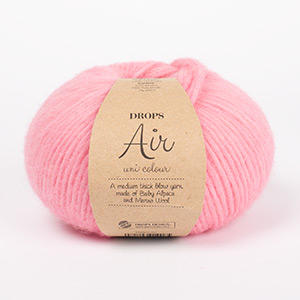






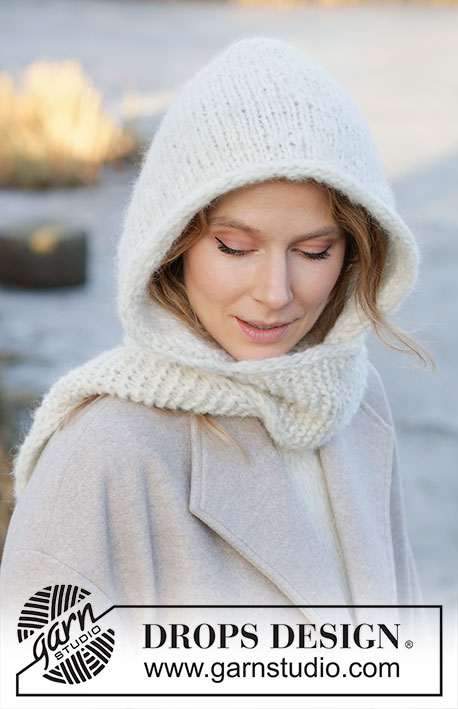
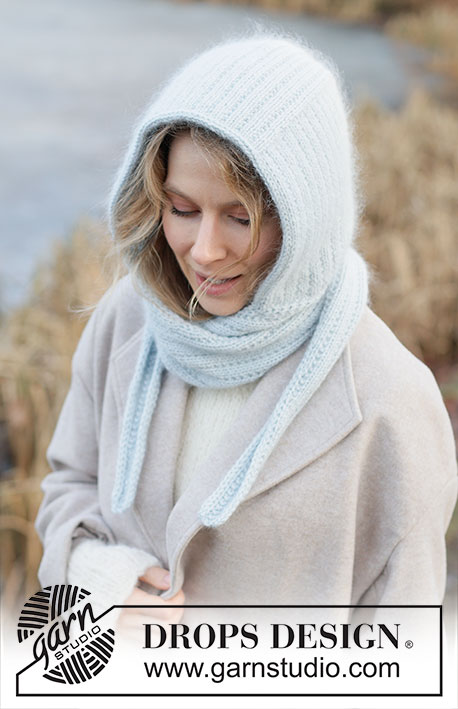

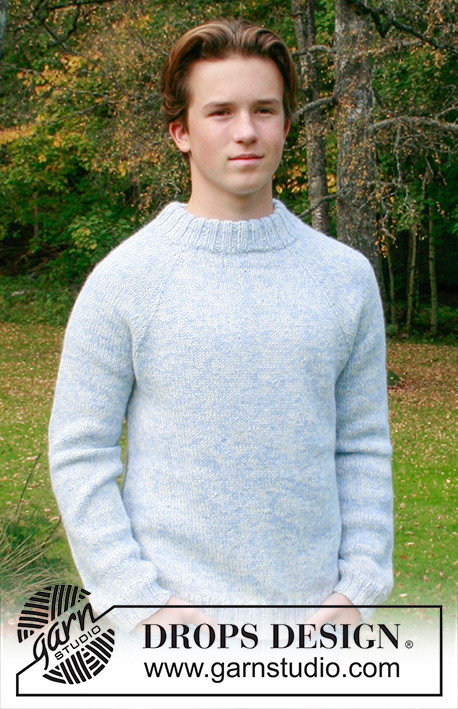






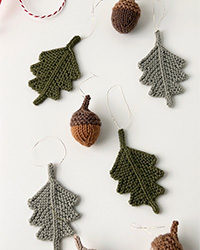
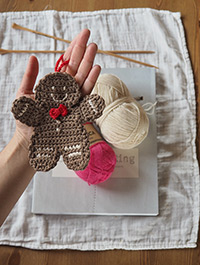
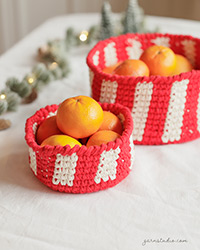
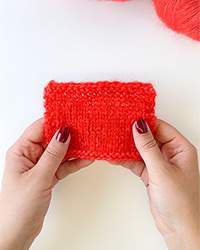
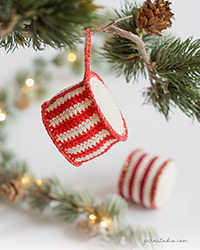
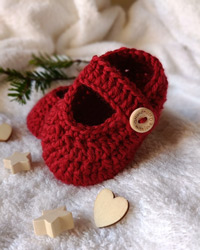
Anch'io lavoro così le maglie a rovescio. Me l'ha insegnato mia mamma tanti anni fa. Non sapevo che è il metodo inglese.
10.07.2022 - 00:45